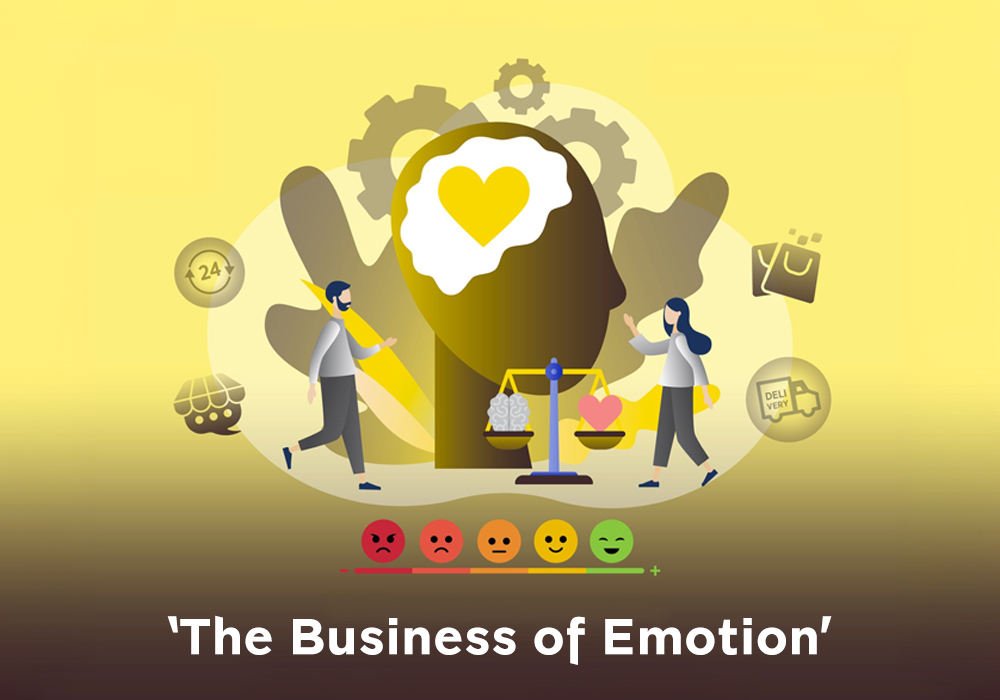Building Brand Loyalty through The Business of Emotion: Stimulating Sales with Feelings

In the world of modern marketing, "creating emotions and experiences" is the most important aspect for consumers. It serves as a driving force to achieve business goals that yield greater results than expected, capturing the hearts of consumers and leading to purchase decisions. For instance, when two products are similarly priced and of comparable quality, customers are more likely to choose the product they feel emotionally connected to.
Key Techniques in Creating an Emotional Marketing Strategy
Starting with brand adaptation, companies must establish relationships by leveraging ‘Emotion’ to connect with consumers. One common approach is through advertisements that directly appeal to consumers' emotions. Each business must select different emotional triggers that align with their products and services through three strategies, as outlined by Mr. Earth Arattawuth, CEO of Adapter Digital Group, at The Secret Sauce Summit 2023:
1. Identify: Determine what kind of emotion you want to create for consumers. For example, Apple creates a "Wow Effect" with its product launches, capturing everyone's attention. Apple’s new product launches become viral events every year, building a highly loyal fan base that is willing to spend regardless of price.
2. Audit: Examine the consumer journey by analyzing media usage behaviors and purchasing patterns, and explore through an emotional lens. Dive deep into the emotional journey of consumers—such as reading product reviews across platforms to gauge feelings and satisfaction. Consider what customers experience before purchasing your product: what do they read, and through which channels? Identify key touchpoints.
3. Create Experience Flows: Develop experiences that evoke emotions, allowing the brand to connect more deeply with consumers and become number one in their hearts. This could involve long-term marketing or branding efforts to create value for the brand in various aspects, like the campaign "Flip for a Delicious Life" from BBQ Plaza, which taps into relatable insights for consumers, making them feel positively about the brand.
How Do These Strategies Benefit Brands and Businesses?
According to an article on LinkedIn titled Connecting with Your Customers: The Power of Emotional Marketing, the benefits of emotional marketing include:
· Drive Decision-Making: Emotions drive decision-making.
· Resonates with Customers: It creates a strong bond between customers and the brand.
· Helps Businesses Stand Out: It allows brands to stand out and be unique.
· Drive Sales: It stimulates sales for the business.
It is evident that marketing that utilizes ‘emotions’ as a strategy is a powerful tool for building a strong brand and driving customer decisions. If you want your business to connect with consumers and build brand loyalty while stimulating sales, then ‘The Business of Emotion’ is your answer
#KrungsriBusiness #KrungsriSME
Share